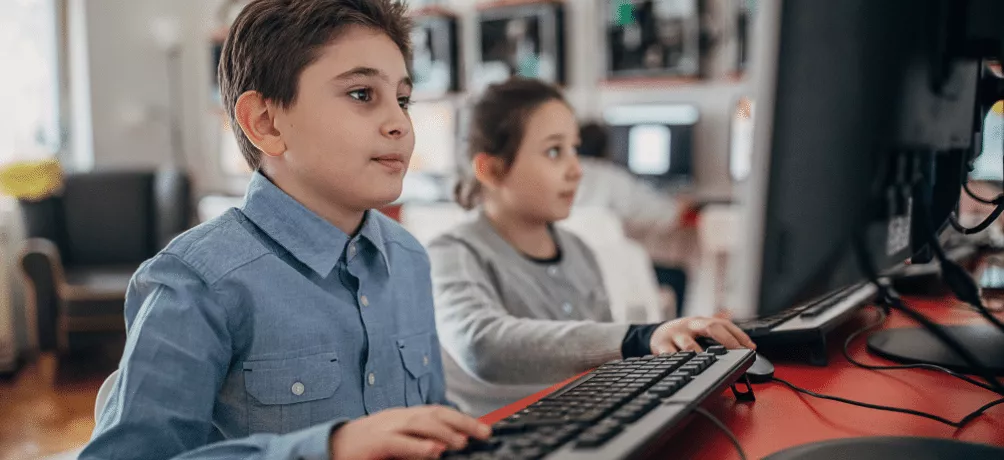Is Hybrid Learning Here to Stay?
By Dr. Raymond Huntington
Before 2020, hybrid learning might not have been a familiar term to parents of school-age children. Today, it’s something most have experienced firsthand. But is hybrid learning—the blend of in-person classroom instruction and online learning—here to stay? Or is it something parents can expect to see less of as life in the post-COVID era returns to a new normal?
Hybrid learning isn’t new
Colleges and universities have been using hybrid learning for years, largely due to the rise of the internet and an increased demand for flexibility. Not all college students are full time and many juggle work with work and family responsibilities. Online course offerings were once a rarity, but are now a staple of most college course catalogs. And many students seek the best of both worlds: an in-person learning experience with an online component. This is a win for larger colleges too, as hybrid learning allows them to stagger how many students are on campus at one time.
Hybrid has entered the K-12 world
Colleges and universities have embraced online classes and hybrid learning for a while now, but the coronavirus pandemic thrust K-12 schools everywhere into this model too. Administrators were forced to find new ways to continue to deliver quality education to students remotely, and reducing the number of students in a room or building at one time was one workable strategy.
Many K-12 schools have returned to full in-person learning now, with no intention of embracing a hybrid model again. However, not all. A January 2022 school survey published by the Institute of Education Sciences reported that 62% of all public schools offer hybrid learning to all students and 38% offer it to some students.
It might become a choice for students
Hybrid learning might no longer be a requirement, but it could be a preference. Students today are digital natives who have grown up with technology playing a major part of their lives. The pandemic highlighted the importance of making sure normal parts of life can continue if not in person. That means many schools quickly moved to offer computers to all students and improve their digital tools and curriculum.
Going forward, students in some areas might continue to have remote or hybrid learning available to them. Because it relies on online content more heavily, it works well for students who are self-starters and work well on their own.
Whether in person or online, engaged learning is essential
Whether students are back in the traditional classroom or still learning via a hybrid approach, the rules of engagement are the same. Students must put in the effort and the work to keep up in school, as the expectations will be the same.
If your student wants to lay the groundwork for a strong school year in the fall, call Huntington. Summer is the best time for tutoring so your child can build the confidence, study skills and motivation to succeed. If there were problems last school year, summer is also a great time to address any learning gaps before a new year begins. Huntington offers individualized tutoring sessions in hybrid and online format (at participating centers) through Huntington Helps Live, as well as at the center to help your child make academic progress.
Call 1-800 CAN LEARN to discuss our customized programs, including Huntington Summer Advantage programs for K-12 students.


